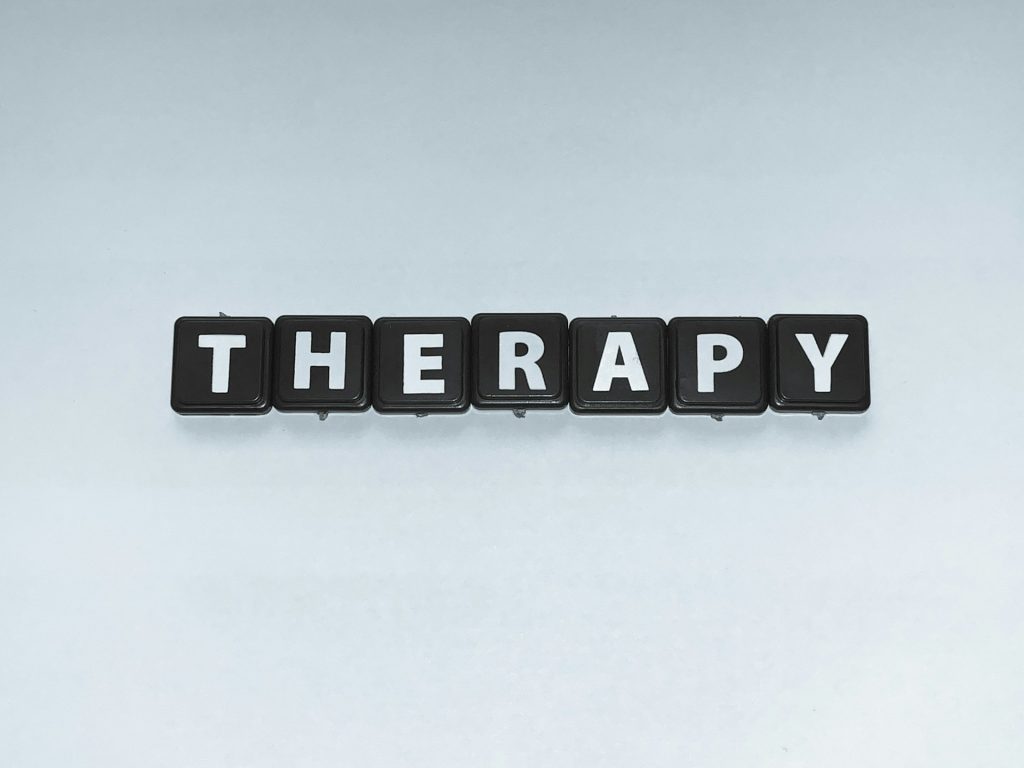EMDR therapy is a psychotherapy aimed at alleviating emotional distress caused by traumatic experiences. Research has shown that with EMDR therapy, psychotherapy benefits that used to take years to see can now be experienced in a shorter time. More than thirty positive outcome studies have illustrated the efficacy of EMDR therapy.
Remarkably, a significant percentage of single-trauma victims experience relief from post-traumatic stress disorder (PTSD) after just a few sessions. These findings, coupled with endorsements from reputable organizations such as the American Psychiatric Association, underscore EMDR’s status as a proven treatment for trauma and related issues.
With over 100,000 practitioners worldwide and millions of success stories spanning 25 years, EMDR therapy has become a widely embraced approach to addressing various psychological challenges.
Understanding EMDR Therapy
The fundamental belief of EMDR therapy lies in unlocking the mind’s innate capacity to heal from psychological trauma. Like how the body heals a wound and resumes healing once impediments are removed, EMDR facilitates the processing of upsetting events, allowing emotional wounds to heal.
Through structured protocols and techniques taught in training sessions, therapists guide clients in activating their inherent healing processes.
Initially, practitioners used it to treat people with traumatic memories, but now it’s used for a variety of disorders, such as:
- PTSD
- anxiety
- phobias
- chronic pain
- depression
The therapy includes eight phases, wherein people recall their traumatic experiences while moving their eyes back and forth. The therapist will guide this eye movement. The purpose of this therapy is to allow people to process and integrate their traumatic memories into their standard memories. This method assumes that remembering times of distress while distracted is less upsetting.
Over time, exposure to these memories should reduce their effects. EMDR is similar in some aspects to cognitive behavioral therapy (CBT), another treatment for PTSD. Both involve remembering or discussing the traumatic event and identifying and altering thoughts. These processes are called exposure and cognition.
The Eight-Phase Treatment Process
During EMDR therapy, the therapist focuses on traumatic memories and related events, as well as current situations that cause distress. This helps the patient process these experiences and reduces the negative impact on their life. The therapy focuses on the past, present, and future periods.
The goal is to develop the skills and attitudes needed for positive future actions. To address these issues, the therapy uses an eight-phase treatment approach.
Phase 1
During this phase, the therapist conducts a history-taking session(s) to assess the client’s readiness and develop a treatment plan. Together, the client and the therapist identify possible targets for EMDR processing, which may include memories and current situations that cause emotional distress. Additionally, related incidents in the past may also be targeted. The emphasis is on developing specific behaviors and skills that the client can use in future situations.
In some cases, during the initial EMDR processing, therapists may focus on childhood events rather than adult-onset stressors or critical incidents that the client has identified. This approach is taken when the client has had a problematic childhood. Through therapy, clients gain insights into their situations, resolving emotional distress and changing their behaviors.
The length of treatment for PTSD depends on the age at which the trauma occurred and the number of traumatic events experienced. Typically, individuals who experienced a single adult-onset trauma can be treated successfully in less than five hours. However, those who have gone through multiple traumas may require a longer treatment period.
Phase 2
In this phase of treatment, the therapist ensures that the client is equipped with several different ways to handle emotional distress. The therapist may teach the client several stress reduction techniques that they can use both during and between sessions. EMDR therapy aims to create rapid and effective change while ensuring the client maintains emotional balance during and between sessions.
Phases 3-6
In phases three to six of EMDR therapy, the therapist and client collaborate to identify a specific memory the client wants to process. The client focuses on three things: a visual image related to the memory, a negative belief about themselves connected to the memory, and the related emotions and body sensations when recalling the memory.
EMDR therapy procedures alleviate negative effects and process the target memory. During a session, the therapist guides the client to identify and rate a positive belief and the intensity of any negative emotions. The client focuses on negative thoughts, body sensations, and images while undergoing bilateral stimulation, such as eye movements, taps, or tones. The duration and type of these sets vary based on the client’s needs.
After each set of stimulation, the client lets their mind go blank and notices any spontaneous thoughts, feelings, images, memories, or sensations arising. Based on their report, the clinician focuses on different aspects of the client’s experience and repeats this process several times throughout the session. If the client experiences distress or has difficulty progressing, the therapist follows established procedures to help them stay on track.
If the client reports no distress related to the targeted memory, they focus on the preferred positive belief identified earlier in the session. The client may adjust and focus on this positive belief during the next distressing events if necessary.
Phase 7
During the seventh phase of therapy, the closure phase, the therapist requests the client to maintain a log throughout the week. This log should document any relevant material that may arise during the week. Its purpose is to remind the client of the self-calming activities they mastered in phase two.
Phase 8
This phase of EMDR treatment involves evaluating progress made by examining related past, present, and future events that may require different responses.
Frequently Asked Questions about EMDR Therapy
What can I expect during EMDR therapy?
EMDR therapy follows a standardized eight-phase approach tailored to each individual’s needs. Clinicians conduct a thorough history assessment, prepare the client, identify targets for processing, and engage in active processing of past, present, and future aspects.
Dual stimulation techniques such as eye movements, taps, or tones are utilized during target processing. Clients briefly share their experiences after each set of movements, and by the end of each session, they are equipped with techniques to feel empowered and in control. Ultimately, EMDR therapy aims to diminish the power of distressing memories and situations, fostering healthy responses.
How many sessions will I need?
The EMDR Institute states that the number of sessions required for therapy depends on the specific issue and the history of the client. Research indicates that for 80-90% of participants, a single trauma can be addressed within three sessions.
However, the complexity of the history may affect the duration of therapy. For example, approximately 80% of multiple civilian trauma victims no longer experience PTSD after about six hours of treatment. Similarly, combat veterans may find relief after 12 sessions, with 77% reporting freedom from post-traumatic stress disorder.
Who can benefit from EMDR?
Many people may have experienced an emotional upset that they haven’t been able to recover from. These individuals may exhibit symptoms such as feeling “stuck,” experiencing excess stress or tension, suffering from depression or anxiety, having trouble sleeping or feeling restless, experiencing fatigue or appetite disturbances, and having ongoing physical health concerns despite receiving treatment.
EMDR is Available at The Center for New Pathways
The Center for New Pathways is dedicated to enhancing your well-being through therapy. Our team comprises highly skilled and experienced professionals with expertise across various issues. We offer traditional and alternative therapies to provide effective outpatient, individualized wellness care. Our services include individual, family, couples, and group counseling to cater to your unique needs.
For more information, please call us at (847) 592-5588 or schedule a virtual or in-person appointment at either of our two locations.
Photo by Marcel Strauß on Unsplash


